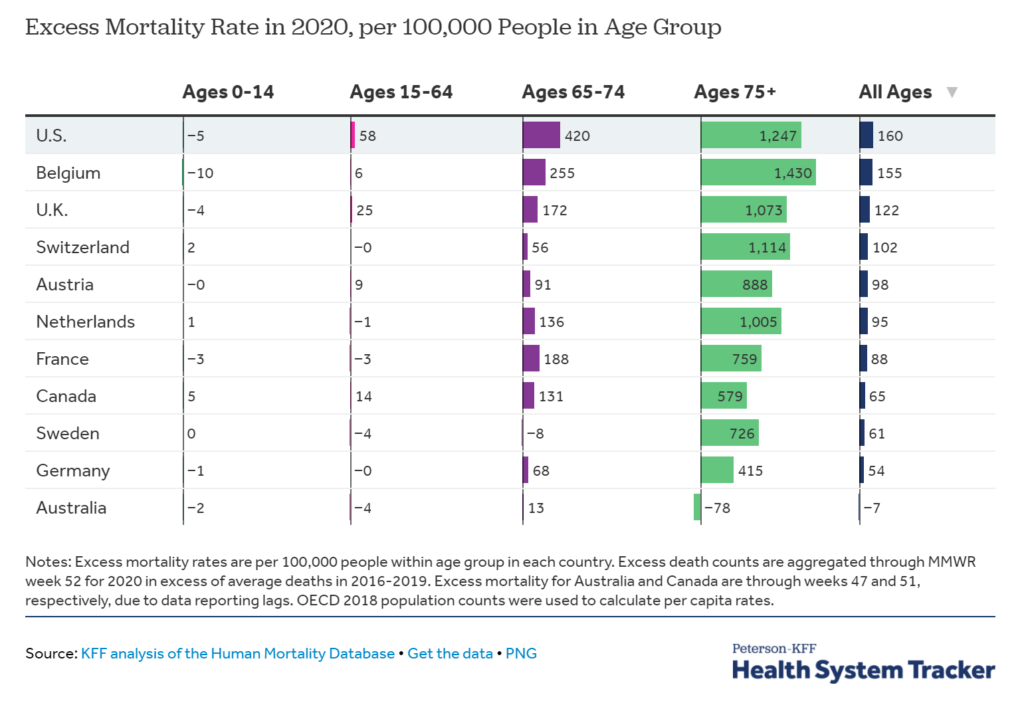Excerpt:
On Jan. 30, 2023, the Biden Administration announced it will end the public health emergency (and national emergency) declarations on May 11, 2023. Here’s what major health policies will and won’t change when the public health emergency ends.
Vaccines
What’s changing: Nothing. The availability, access, and costs of COVID-19 vaccines, including boosters, are determined by the supply of federally purchased vaccines, not the public health emergency.
What’s the same: As long as federally purchased vaccines last, COVID-19 vaccines will remain free to all people, regardless of insurance coverage. Providers of federally purchased vaccines are not allowed to charge patients or deny vaccines based on the recipient’s coverage or network status.
….
At-home COVID tests
What’s changing: At-home (or over-the-counter) tests may become more costly for people with insurance. After May 11, 2023, people with traditional Medicare will no longer receive free, at-home tests. Those with private insurance and Medicare Advantage (private Medicare plans) no longer will be guaranteed free at-home tests, but some insurers may continue to voluntarily cover them.
For those on Medicaid, at-home tests will be covered at no-cost through September 2024. After that date, home test coverage will vary by state.
….
COVID Treatment
What’s changing: People with public coverage may start to face new cost-sharing for pharmaceutical COVID treatments (unless those doses were purchased by the federal government, as discussed below). Medicare beneficiaries may face cost-sharing requirements for certain COVID pharmaceutical treatments after May 11. Medicaid and CHIP programs will continue to cover all pharmaceutical treatments with no-cost sharing through September 2024. After that date, these treatments will continue to be covered; however, states may impose utilization limits and nominal cost-sharing.
….
Author(s): Cynthia Cox Follow @cynthiaccox on Twitter , Jennifer Kates Follow @jenkatesdc on Twitter , Juliette Cubanski Follow @jcubanski on Twitter , and Jennifer Tolbert
Publication Date: 3 Feb 2023
Publication Site: Kaiser Family Foundation


